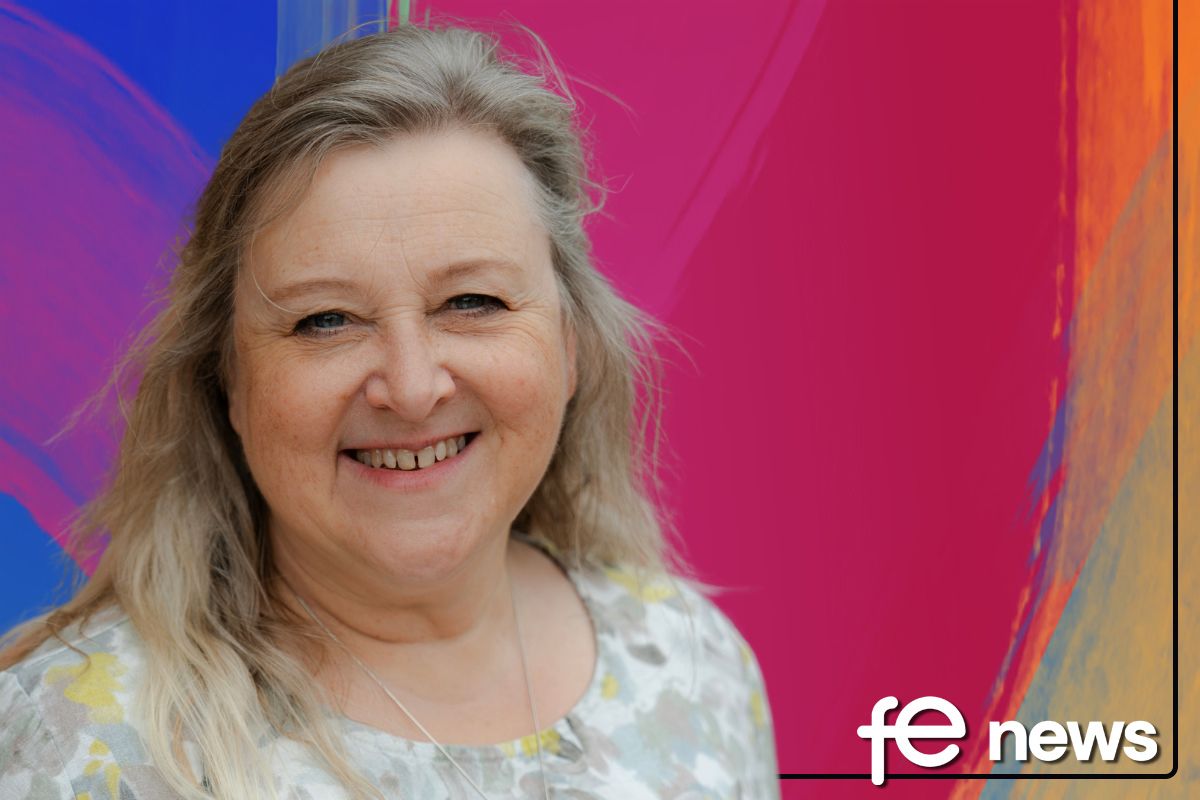#GCSEResultsDay2019 More choice than ever, more support than ever

More than half a million 16-year-olds – and their nervous families – will today find out their GSCE results.
Whatever happens, they should all be proud of the hard work they’ve put in throughout the year to get to this point.
But what next for these young people? Off to study A-levels and then university, right? Well actually, probably not. Young people have perhaps more choice and more options than ever before when it comes to post-16 options.
And the good news is that thanks to the hard work of schools and colleges, they also have more support to make those choices, with careers education improving across the country.
Last year we published a myth buster looking at the choices today’s young people are making at the ages of 16 and 18. And the truth is not as straightforward as we sometimes assume.
Going to Sixth Form is still the most popular choice for young people, but by no means is it a ‘standard’. Just half of GCSE students go on to study at Sixth Form. More than a third choose college, while a further one in twenty choose an apprenticeship (with many more choosing this option at 18 or later).
The same is true for the type of qualifications students choose to study. Again about half of students go on to study only academic qualifications – like A levels – at post-16. But around two-fifths are studying either vocational qualifications, or a mix of academic and vocational qualifications.
And there is some surprising news when it comes to the subjects young people choose. We often hear that there are not enough young people studying STEM (science, technology, engineering and maths) subjects, particularly young women.
But when we look at A level choices, we see that STEM is increasing in popularity. Four of the five most popular subjects at A level are STEM subjects – Maths, Biology, Psychology and Chemistry. And while STEM subjects are still more popular with boys than girls, that gap is narrowing. Across a range of STEM subjects, over the last five years we have seen a steady rise in the proportion of young women taking them.
So there is perhaps more choice than ever for young people at 16. But more choice isn’t much use unless young people are supported to make the right decisions and choose the path that best works for them.
That’s where world class careers guidance comes in. And the good news is that schools and colleges are getting better at it. Supported by The Careers & Enterprise Company, over the last few years, schools and colleges have transformed the way we as a nation support young people with their career choices.
Schools and colleges are using a set of standards – the Gatsby Benchmarks – based on international best practice to improve their careers provision and prepare students for the fast-changing world of work.
The Benchmarks ensure that young people get regular contact with employers, work experience, guidance, advice and information to help inspire them and prepare them for the world of work.
The latest evidence shows this approach is working, with schools and colleges across the country improving on every aspect of careers provision. Schools and colleges are providing more guidance, advice, information and employer engagements to young people, to help them navigate the choices available to them.
So good luck to the GCSE students getting their results today which ever path they choose.
John Yarham, Deputy CEO, The Careers & Enterprise Company











Responses